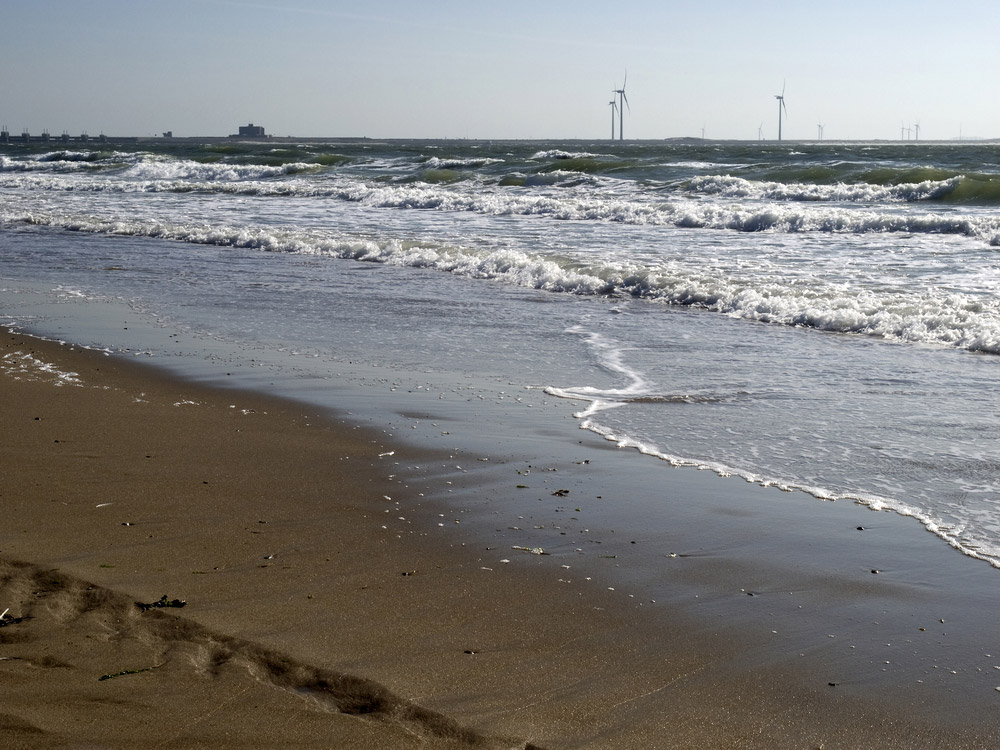Emerging Green Technologies
With pollution levels rising around the world, we’re developing alternatives to traditional energy sources more and more each year. Here’s a rundown of the emerging technologies that allow us to bring electricity and resources to our households in the most environmentally friendly ways.


Carbon Capture and Storage
Carbon dioxide (CO2) is the biggest offender when it comes to Earth's greenhouse gas problem. It may not be the harshest and most toxic of air pollutants; however, it is the most prevalent one, thus capable of causing the most damage. Ideally it would be best if we stopped using fossil fuels altogether, although by the looks of it we won't anytime soon. Thus, we need other solutions, and carbon capture can help. Carbon dioxide can be captured in a few ways, most of which center around how we use coal. One of the methods is to remove the carbon dioxide from the coal before it is burned; the other is to catch it via a filtering system before it reaches the atmosphere. For the moment, we are making efforts to keep carbon dioxide underground or in its liquid form – in the future we may find a way to create synthetic fuels from it, thus creating a closed loop and a green solution.

Green Remediation of Brownfield Sites
In many cities worldwide, brownfields have become an urban blight. Abandoned factories and other industrial sites often fall into disuse and are left to rot, ravaged by time. Places suffering this kind of structural decay are called brownfield sites. Brownfields require remediation and special care to make them safe for living and working again. To remediate a brownfield site by conventional methods, we either remove soil that has been contaminated through industrial decay or burn it; either method creates all manner of environmental problems. Green remediation of brownfield sites uses alternative sources of energy like solar and wind power for any machinery used in the process, making brownfields capable of supporting life safely.
Biohydrocarbons
According to the Hubbert peak oil theory, our reserves of oil at any geographic location are finite; therefore it is highly likely we will eventually run out of places to drill for this massively used resource. Because at this time we have no way of knowing the exact amount of oil available around the world, neither can we know whether our reserves have entered a state of decline. Most peak oil theorists insist that our time is limited and that alternate solutions have to be found and used. One of these alternatives is biohydrocarbon fuel. It is essentially a biomass of plants with high fatty acid content, mixed with hydrogen through the use of a catalyst such as cobalt, producing a biofuel high in energy. One of the stock plants used, Camelina sativa (wild flax), can be cultivated in rotation with food crops and can be processed into a jet fuel that emits 85% fewer emissions of greenhouse gases than kerosene. The jet fuel made from Camelina sativa is suitable for use in commercial applications, as Japan Airlines proved back in January 2009, when they used it in a 747 in a 50/50 mix with regular jet fuel.

Wind Turbines
Wind turbines have been around since the early 1930s; however, their massive usefulness is only now apparent. New designs and possible solutions are being implemented as you read this, with companies around the world doing their best to increase wind turbine efficiency and production capabilities. One of the most impressive wind farms undergoing construction is the London Array. It aims to power 750,000 homes with electricity through the use of 175 turbines, each generating 3.6 MW of power. Another way to use turbines is to install them underwater to harness the power of ocean currents and tides, an interesting alternative to wind farms.

Water Desalination
Although water desalination is not a new technology, we are still developing its applications. Most of the nations in dire need of water desalination technology are war-torn and ravaged by poverty and disease, so this technology has seen less funding and therefore less development than some other emerging green technologies. Drinkable water across the world is becoming rarer, and the amount of arable land is also declining. Desalination may be required to eventually acquire our drinking water if things continue on their current course. A pretty chilling prediction was made that without a proper solution the year 2025 will see the global demand for water will exceed supply by a stunning 56%. In essence, this means that wars and riots may be fought over the most dominant resource on the planet. The current method of reverse osmosis that we use to desalinate water is expensive and requires large amounts of power. However, alternate methods are available. Spectra Watermakers’ Solar Cube, for example, is a water desalination plant of a portable size that uses photovoltaic elements to desalinate and purify water. It can pump out thousands of liters or gallons of fresh drinking water per day while generating electricity. We hope that even more efficient ways of desalination will emerge in the near future so we can alleviate our looming drinking water problem.
Grace Bailey currently works on a behalf of SW1 moving companies.

Grace Bailey
Grace is an artistic and passionate writer, keen on exploring all the miracles of the world around us. She really enjoys sharing tips and tricks of home organizing, eco-friendly living, and innovative technologies.






